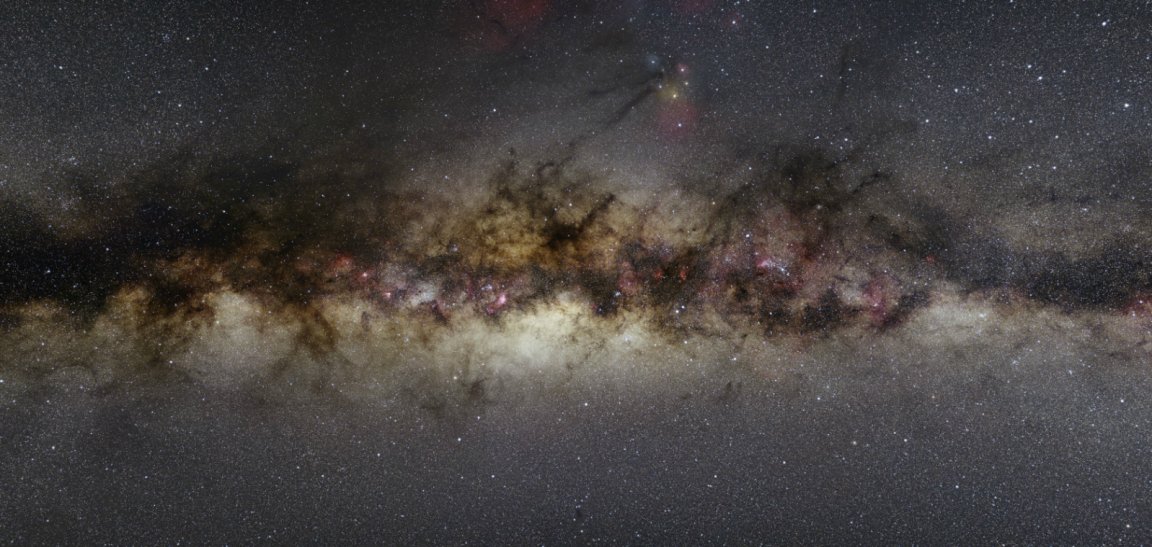
You might think that astronauts aboard the International Space Station (ISS) are given a once in a lifetime show. And in many ways, they are. As they speed around the Earth, moving nearly five miles per second (8 km/sec), the men and women living on the ISS are able to see planet Earth as few others have (or ever will). Our cities and towns look like tiny specks dotting the surface of the planet. Individual houses and buildings fade, as entire continents come into view.
But what do they see when they look at the Milky Way?
You might think that, because of the reduced atmosphere and lack of light pollution, the view is vastly different than what us land-dwellers are used to. You might think that an entire universe reveals itself, peeking out from the faded mist of dust and energetic particles that surround our planet.
However, according to NASA astronaut Clayton C. Anderson, who lived on the space station for 152 days back in 2007, the sky doesn’t really look all that different. Anderson states, “the sky looks the same to us as it does to you, except that you are looking through the Earth’s atmosphere. For the most part, we can see the same things, with a bit better clarity… more so, if we take some extra steps.”
To begin with, the Milky Way is easier to see. It shines a little brighter because of the lack of atmosphere, but astronauts still have to fight light pollution. Of course, this light isn’t coming from planet Earth, but the station itself. Ultimately, a majority of the compartments on the ISS have a lot of ambient light. In order to get a good view of the stars, it is necessary to block this light out (by covering up the panels, switches, etc. with various items).

The other issue is the directions that the windows are facing. Anderson notes that the windows mostly face Earth, which means that it is only possible to see the stars at the very edges of the windows, and sometimes not even then.
However, it is still possible to take some pretty spectacular images from the ISS. And as Anderson notes, “when you can do it successfully, the results are out of this world!” (pun likely intended). Yet, these images often have long exposure times, meaning that the stars appear brighter in the images than they do to the astronaut.
Take the first image posted above. It is a four-second exposure of the Milky Way galaxy, which was captured by STS-131 Commander Alan “Dex” Poindexter during his trip to the ISS. That might not seem like a terribly long exposure to most of us, but the added detail is quite noticeable.
The second image was captured by NASA astronaut Reid Wiseman, who took the image from the ISS and posted it to social media on Sept. 28, 2014, along with the caption, “The Milky Way steals the show from Sahara sands that make the Earth glow orange.” And compare these images to some of the some shots captured by astrophotographers on Earth.

This image was taken by Mike Taylor, from Mike Taylor Photography. And as we all know, the Milky Way really doesn’t look like this on our planet (not even in the most un-light polluted place on Earth). It all comes down to exposure time and the number of images that are captured and stitched together.
So the next time that you see a spectacular image of the night sky from the ISS, remember that, although it is a better view (maybe a lot better, if you live in NYC or another light polluted area), the show that the astronauts are really seeing isn’t all that different from our own.